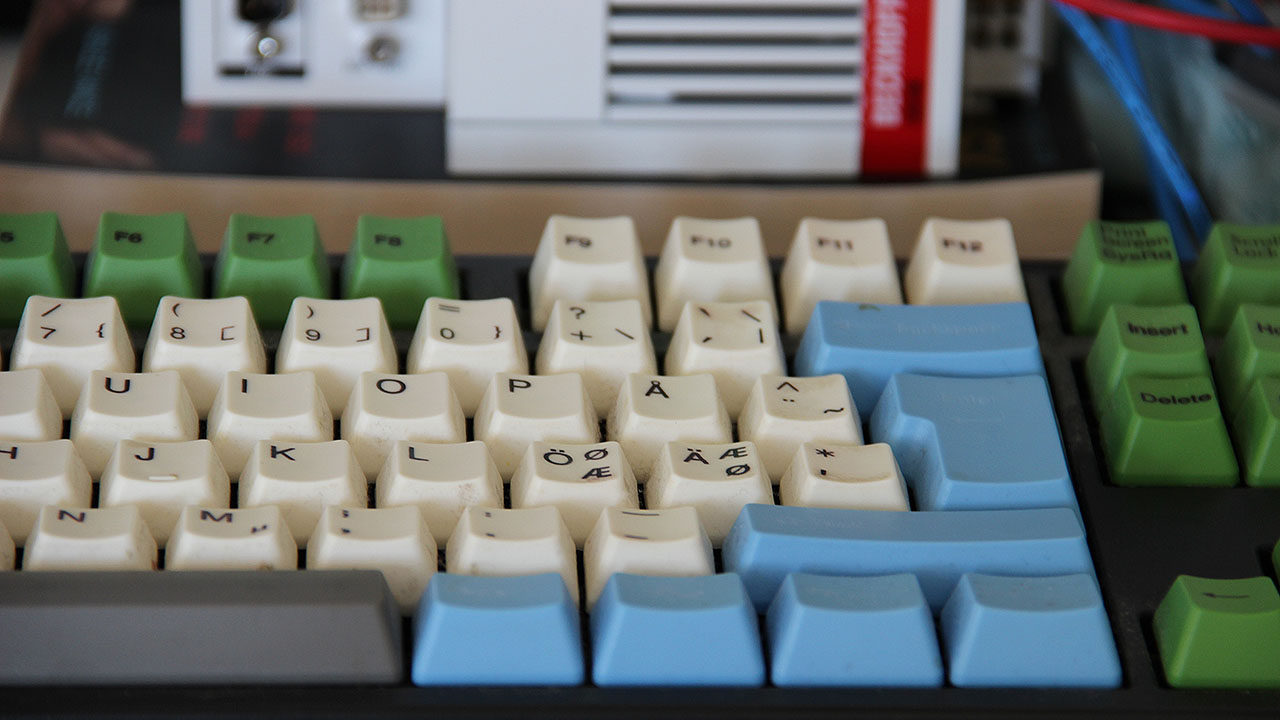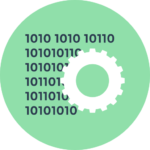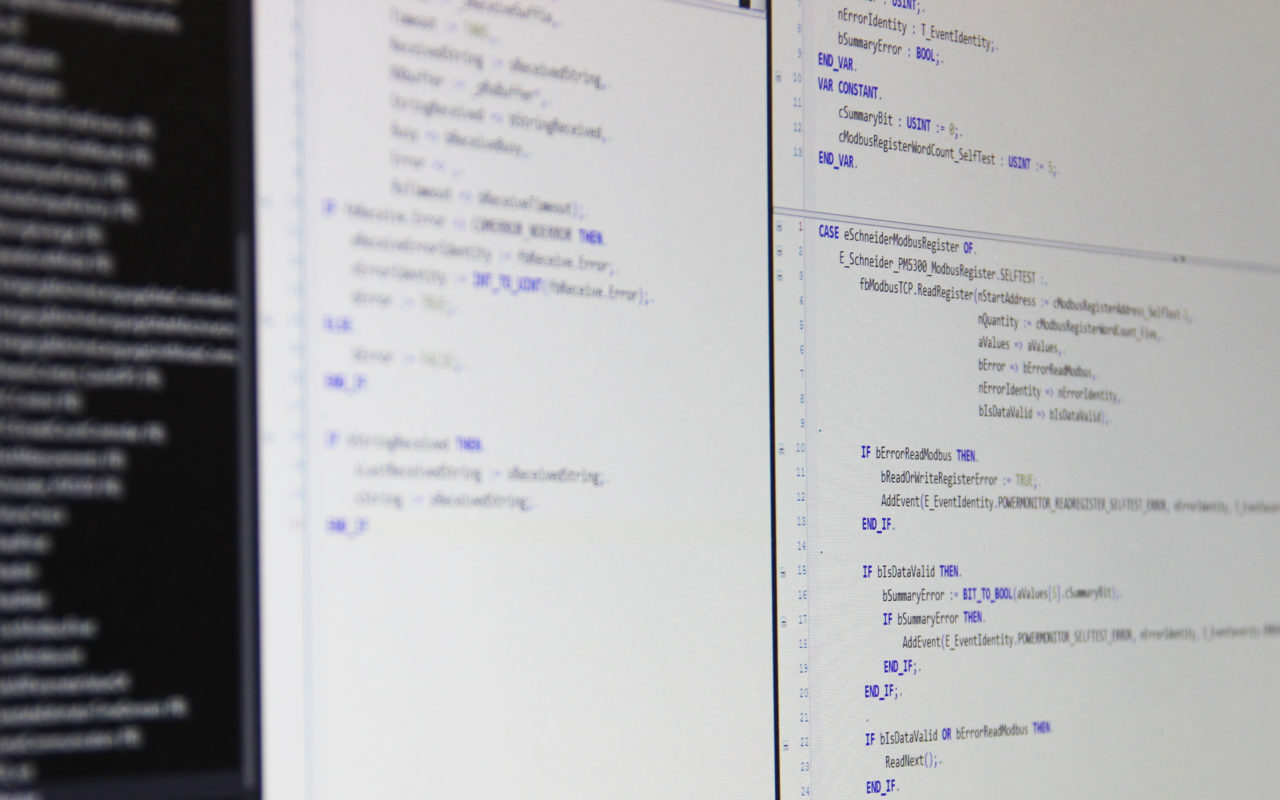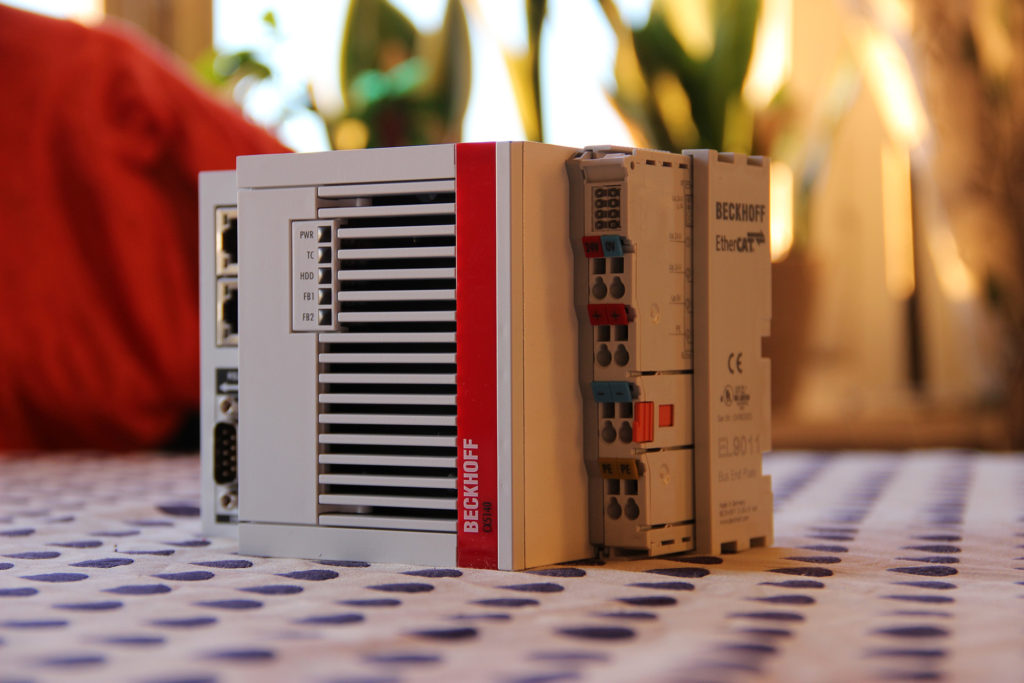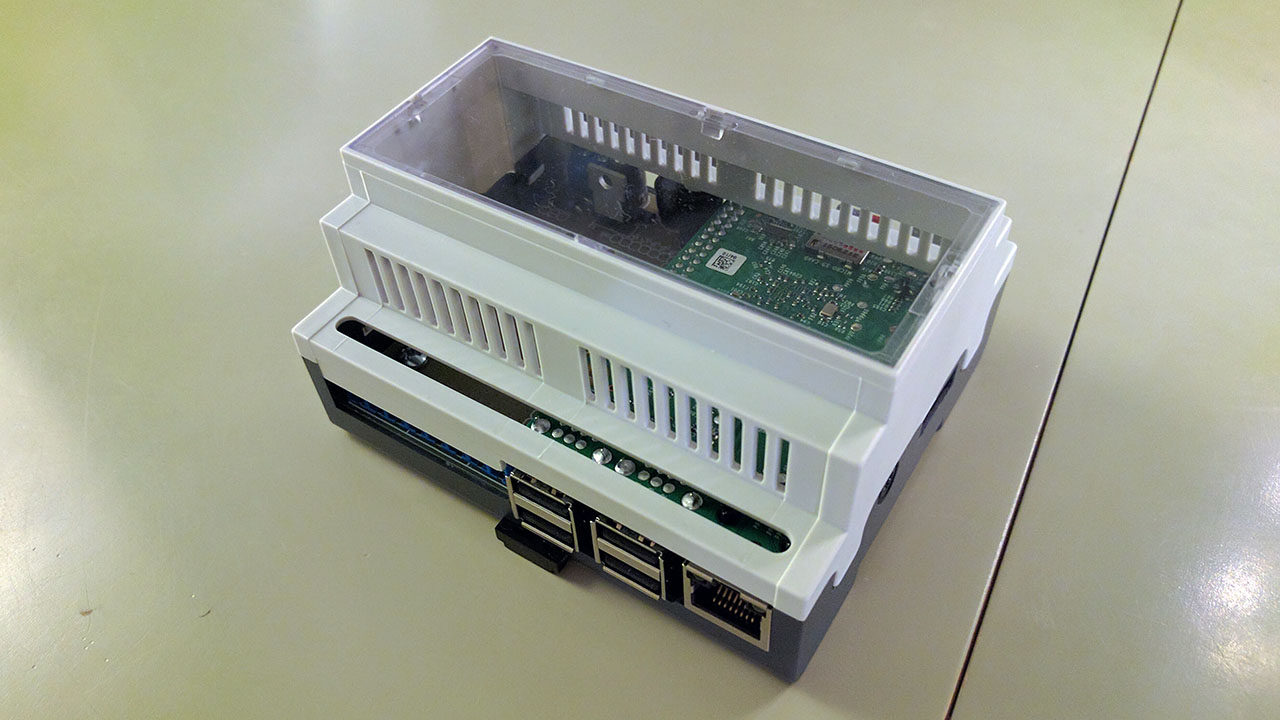PLCopen has released their coding guidelines for 61131-3 structured text (ST) some time ago. If you haven’t read that yet, I highly recommend you to do so! Even if I don’t agree with everything, it’s still a good read and a really good initiative to consolidate all the different coding guidelines that every vendor has for their 61131-3 ST environment.
Included in this is Rule L16 “Define the use of tabs”. Let me quote:
Use of tab character (ASCII code 9) should be avoided, and Programming Support Environment set to replace tabs with spaces
This is a common rule in many projects, as this simplifies copying of code into other contexts and makes the code less dependent on the user settings for display. Simply put, the visual interpretation of a tab character varies wildly. As the TwinCAT development environment integrates into visual studio, this is the place we need to do our change. I’m going to use visual studio 2015 community edition for this particular demonstration, but it should be more or less the same in the other versions of visual studio.
 Together with TwinCAT release 4022.0 Beckhoff released their product “TE1200 – TC3 PLC Static Analysis“. It’s a tool integrated in the development environment to help the developer increase the quality of the code. Other than being able to set your own naming conventions for the code, TE1200 can be used for various rule checks, for example:
Together with TwinCAT release 4022.0 Beckhoff released their product “TE1200 – TC3 PLC Static Analysis“. It’s a tool integrated in the development environment to help the developer increase the quality of the code. Other than being able to set your own naming conventions for the code, TE1200 can be used for various rule checks, for example:



